
If you walk through a forest, see movement across a grassland, or even spot a shadow in a city at night, wild dogs are never far away in North America.
We usually think first of the gray wolf, but there are many other wild dogs here, like foxes, coyotes, cute little kit and swift foxes, and even tiny foxes that live only on a few islands. These animals live in deserts, woodlands, mountains, prairies, or even parks among tall buildings.
They play essential roles in nature, help keep everything balanced, and make the natural world richer than most people realize.
Why All Wild Dogs Matter
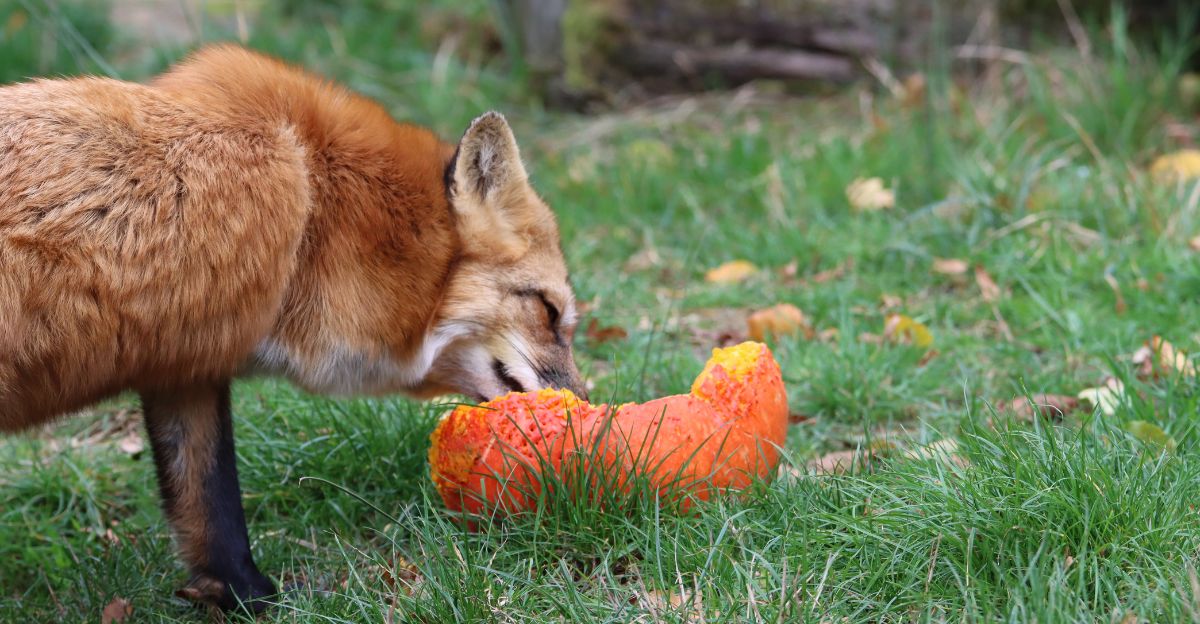
Wild dogs in North America are more than just wolves. Coyotes, red and gray foxes, island foxes, swift and kit foxes, and hybrids with dog or wolf genes all live alongside us.
Each species has its own way of living, hunting, and being part of a family. Some are social, and others mostly alone, but all are experts at surviving in changing environments. Many eat rodents, helping to control pest numbers for plants and people.
Some even help plants grow because their droppings move seeds across the land. Wild dogs, in turn, are food for bigger hunters, linking them to nearly every part of the ecosystem.
The Roles of Wild Dogs in Nature
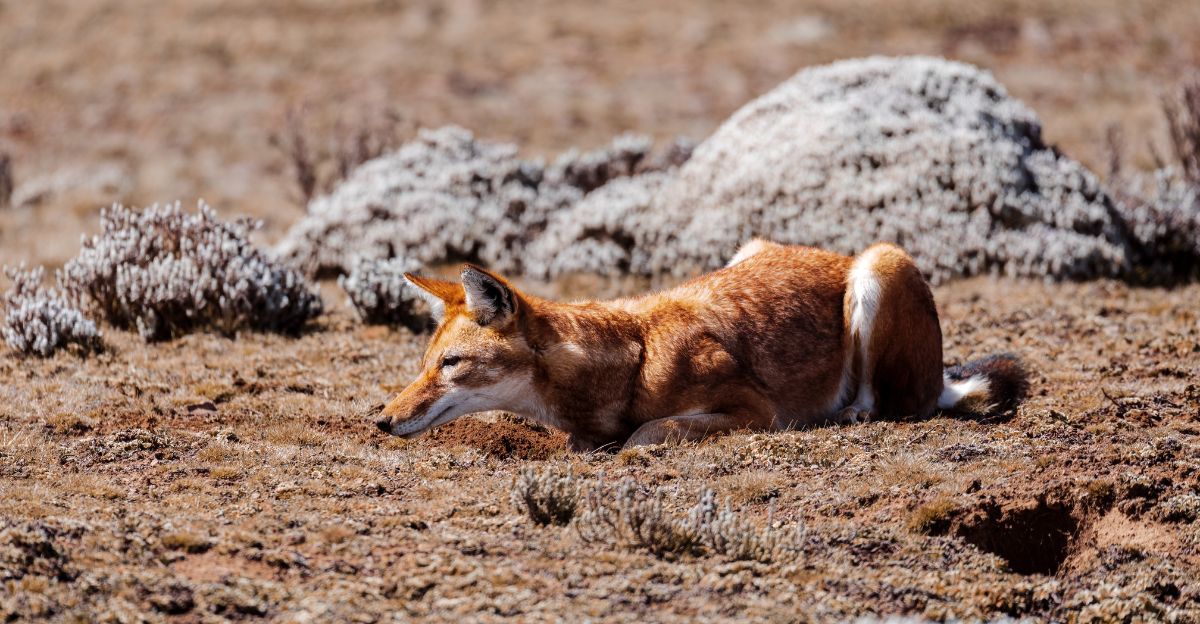
Every wild dog has a job in keeping nature’s balance. Coyotes and foxes eat mice, rabbits, and other small animals, which prevents these creatures from damaging plants or spreading disease unchecked.
Many wild dogs help clean the landscape by eating dead things. Some species, especially foxes, help forests and meadows grow new plants by spreading seeds in their scat.
Even the fact that these wild dogs have predators or compete with each other means that everything fits together in a living web.
1.Coyote (Canis latrans)
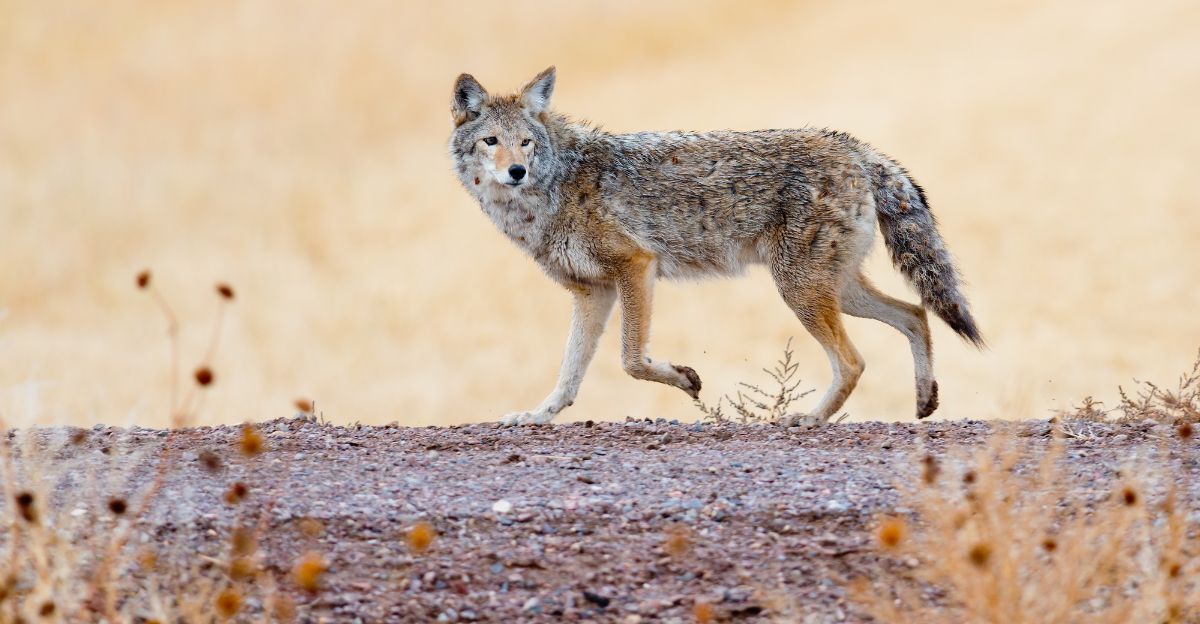
Coyotes are the ultimate survivors of North America. They used to live mostly on prairies and open country, but now you can find coyotes from Alaska to Panama.
They’re everywhere: deep woods, suburbs, skyscraper cities, or open desert. This success comes from their ability to eat almost anything, from animals and birds to fruit, bugs, pet food, or even garbage.
Coyotes can live alone, with a mate, or as part of a pack, and they adjust these habits depending on where they are and what dangers they face. Some coyotes live in parks or storm drains in city areas without people realizing it.
Masters of Survival
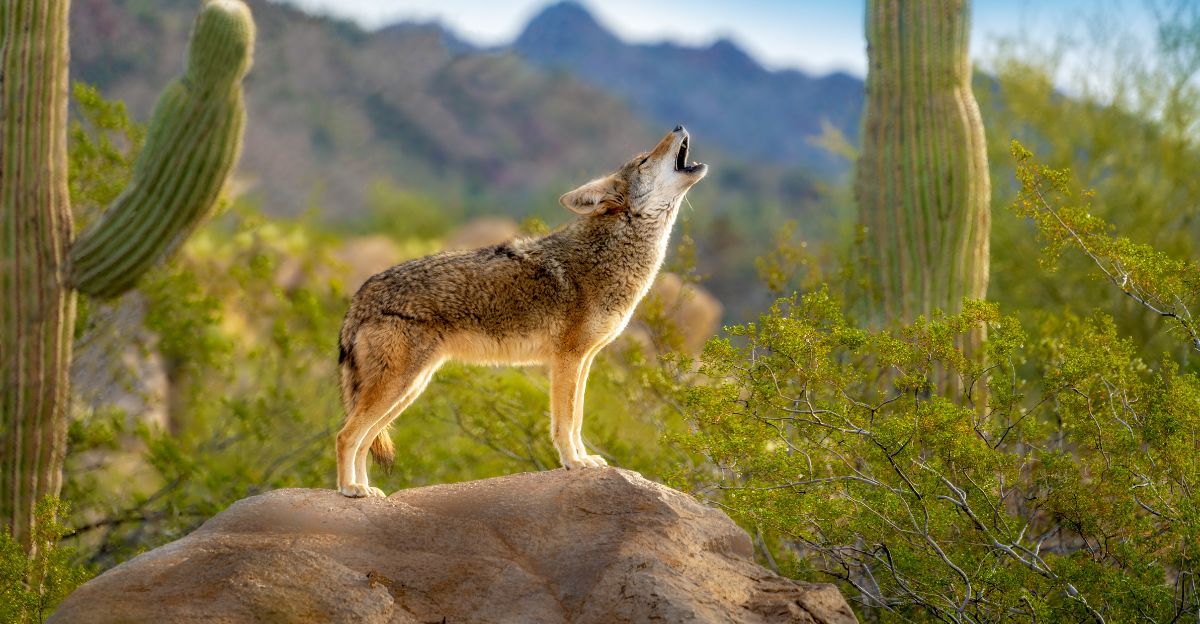
Coyotes are smaller than wolves, usually weighing 15–44 pounds. They have bushy fur that changes color depending on the season and where they live, from gray to red-brown or black.
They’re famous for their calls, which include yips, barks, and howls that can be heard for miles. These sounds help coyotes stay together as families, warn strangers, or scare off rivals.
In many Native American stories, coyotes appear as tricksters. They’re smart but sometimes sneaky. To wildlife managers, their cleverness can make them hard to control, but it also shows just how smart wild dogs can be.
2. Red Fox (Vulpes vulpes)
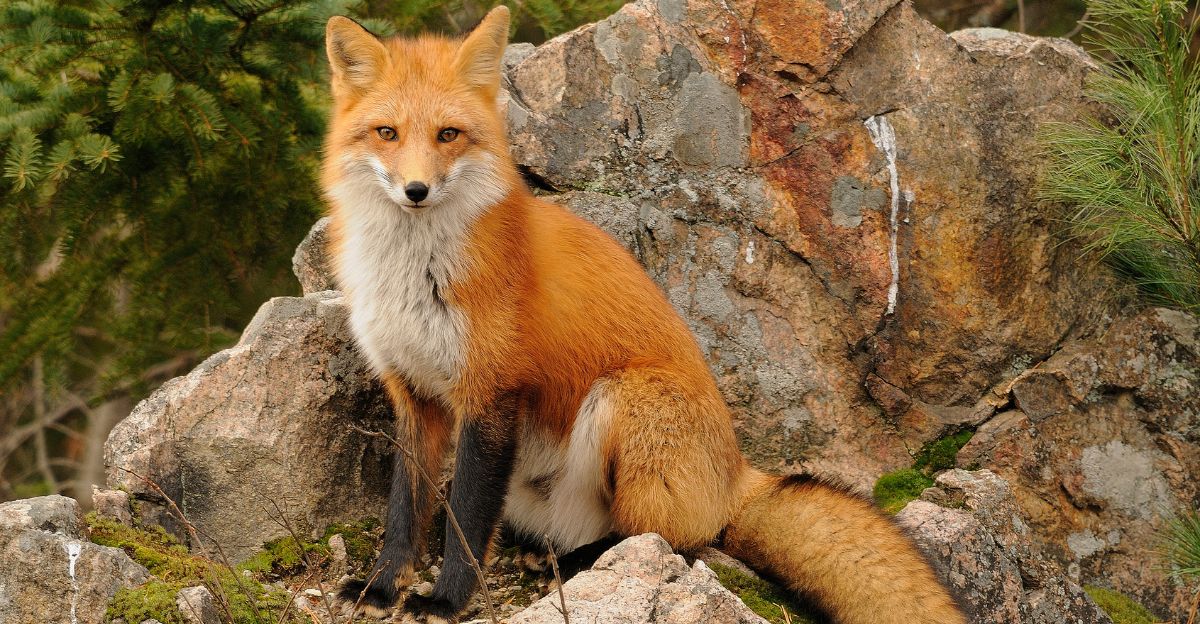
The red fox is easily recognizable with its orange fur, white-tipped tail, and black legs.
It’s one of the most common wild canids in the world, living in forests, fields, and even cities, from the icy Arctic to northern Mexico.
Red foxes often move homes to stay safe or find more food, using anything from old burrows to city sheds as dens. Their skill at adapting to people is legendary.
Smart Eaters, Sharp Senses
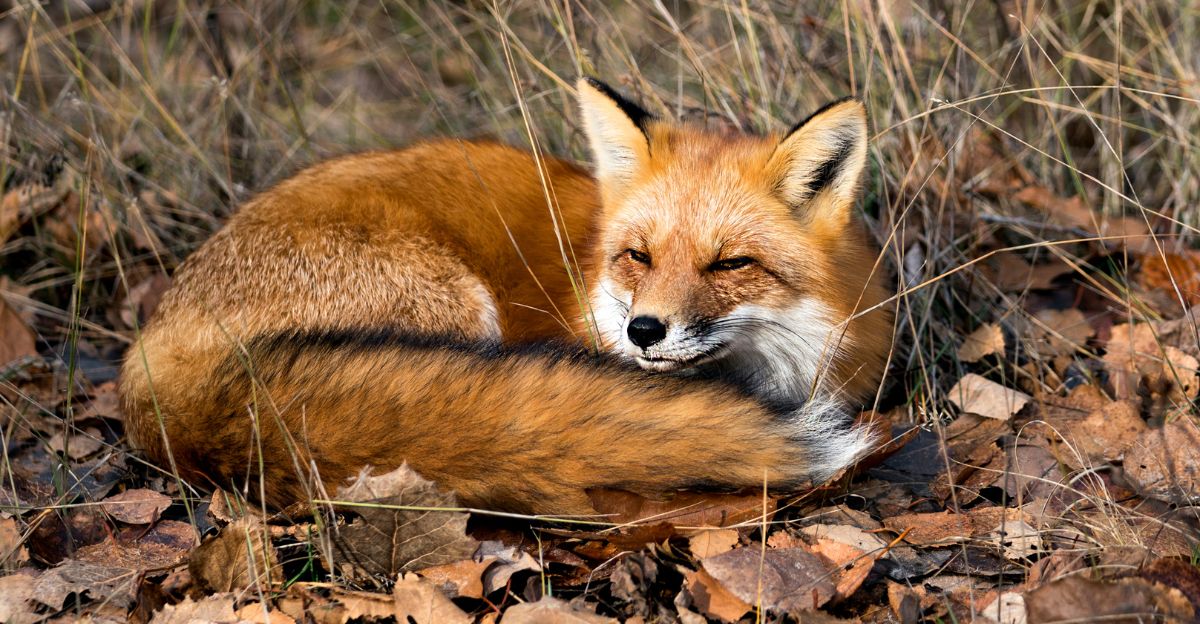
Red foxes weigh 8 to 15 pounds and usually live just a couple of years in the wild, mostly due to predators, harsh winters, or humans. Some live longer in safe places or in captivity.
These foxes hear so well that they can catch the sounds of mice underground and leap into the snow to see them. They eat nearly anything: rodents, rabbits, eggs, worms, birds, fruit, and even leftovers from people.
Many cultures celebrate the fox’s cunning, but farmers must guard henhouses from their raids.
3. Gray Fox (Urocyon cinereoargenteus)
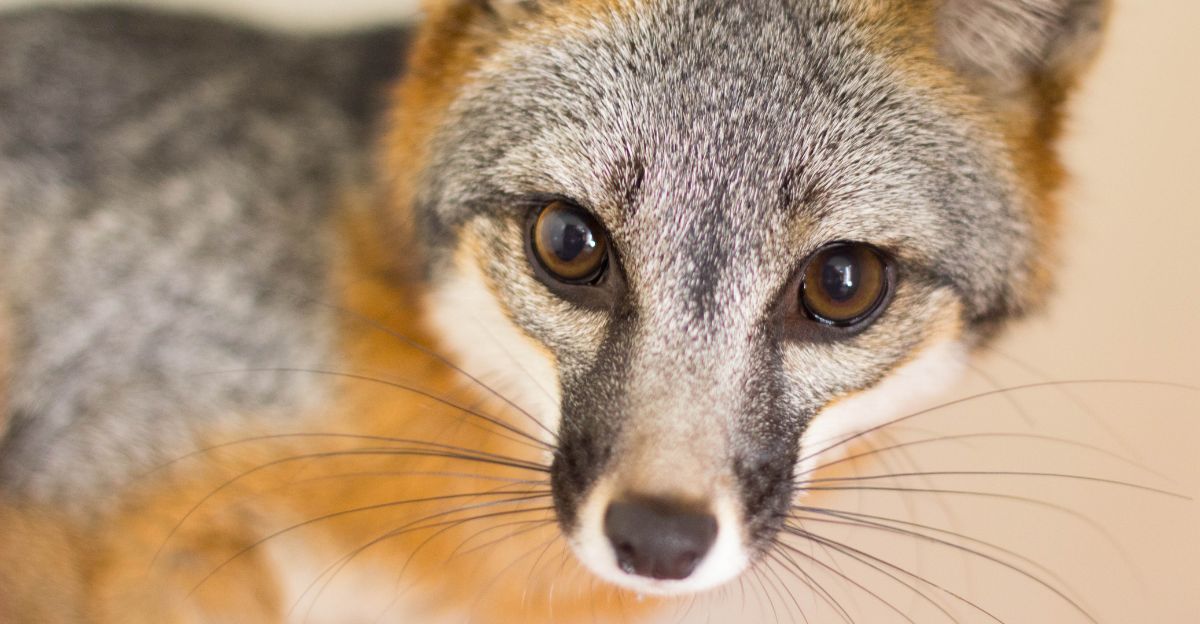
The gray fox offers a lesson in evolutionary ancientness and agility. Sometimes called the ‘cat-dog’ of North America, this mid-sized canid boasts salt-and-pepper fur, a sleek muzzle, and a long, black-tipped tail.
What sets the gray fox apart more than its palette, however, is its remarkable climbing ability—unlike other North American canid species, the gray fox regularly climbs trees, scaling trunks and leaping between branches with a cat’s ease to hunt, escape predators, or raise their kits in hidden dens up high.
Quiet Forest Life
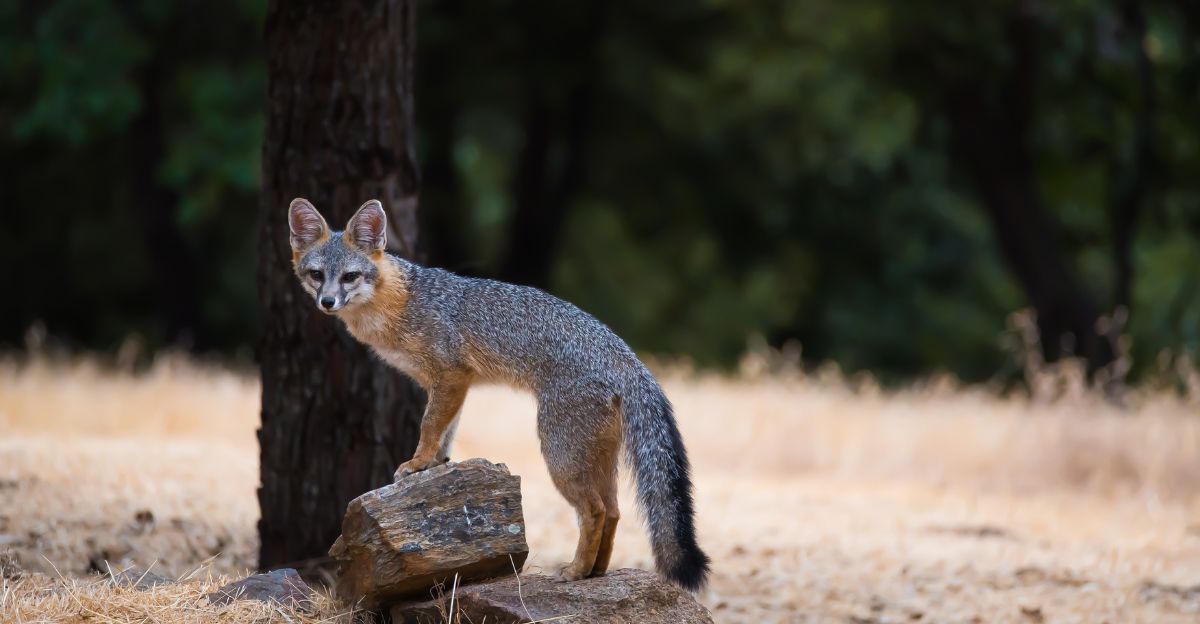
These foxes weigh 7–13 pounds and are mostly active at night. They live in thick woods across much of North and Central America. They eat small mammals, bugs, fruits, and sometimes birds or eggs.
Fossils show gray foxes have lived here for over three million years, making them among the oldest wild dogs still around.
They make dens in hollow trees or burrows, and both parents raise their kits—a rare trait among canids.
4. Arctic Fox (Vulpes lagopus)
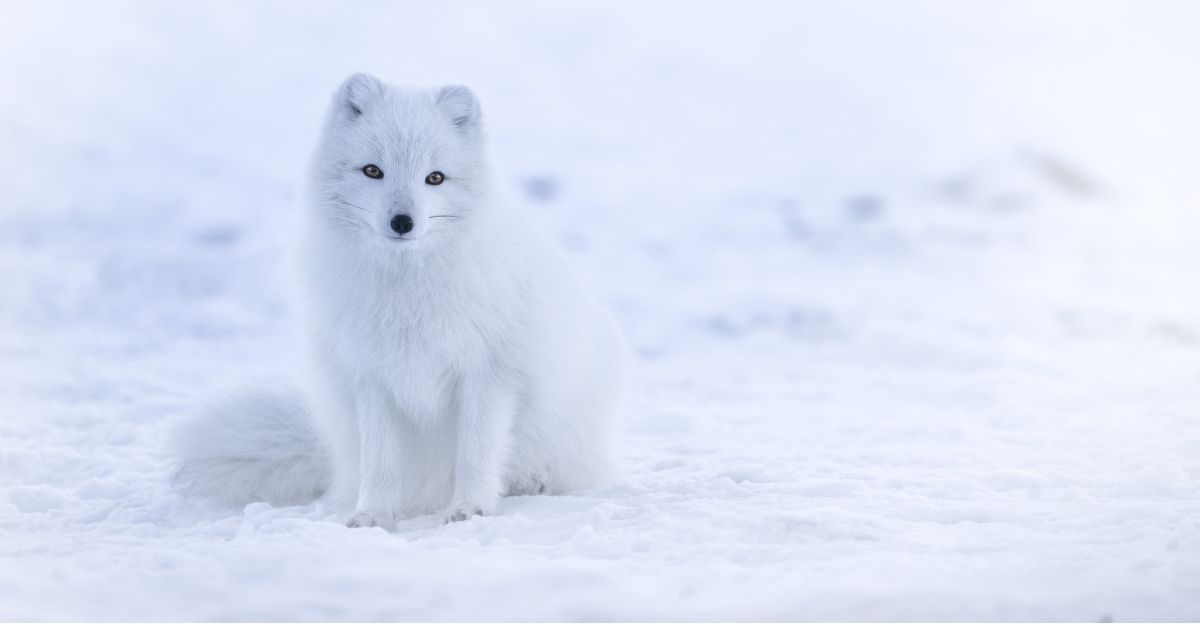
The arctic fox is the tough little survivor of the tundra, found in Alaska, Canada, Greenland, and far-northern Eurasia. With even their feet covered in thick fur, arctic foxes stay warm in fall, winter, and spring.
Their fur changes color to match the season: it’s white in winter and brown/gray in summer. They can live through bone-chilling cold as low as -94°F, the coldest endurance of any North American dog.
Tough and Resourceful
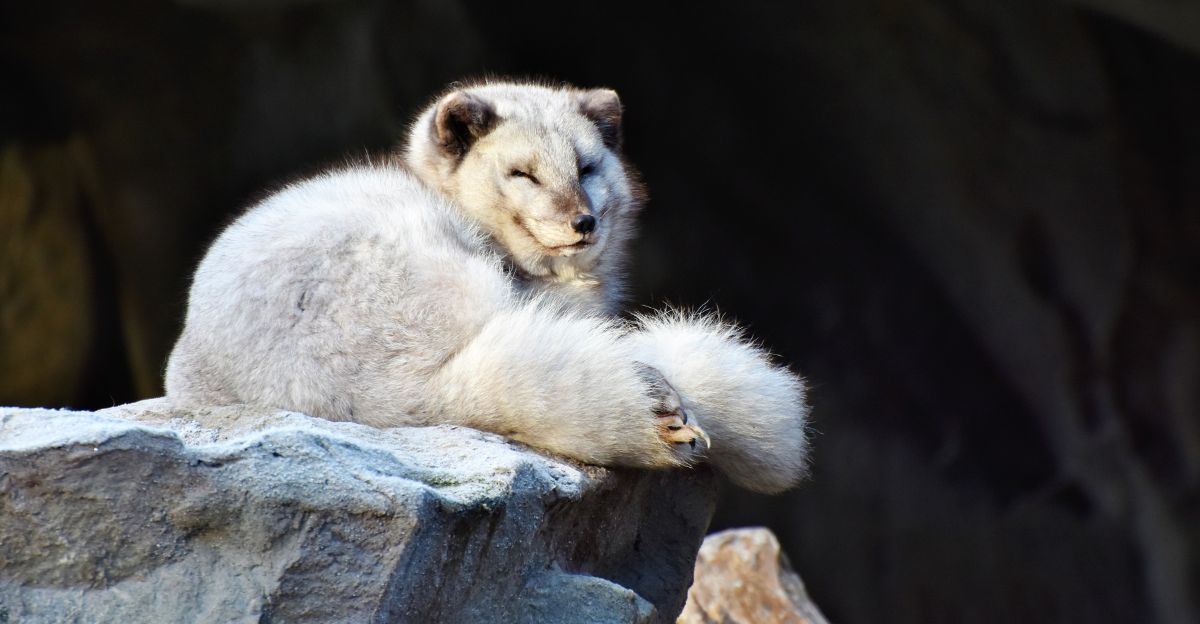
Weighing 6–10 pounds, arctic foxes roam huge distances, sometimes over a hundred miles of ice, looking for food. Their main food is lemmings, but they’ll also eat seabirds, eggs, fish, or remains left by bigger predators like polar bears.
They build deep dens to protect pups from wind and danger. When lemming numbers rise, arctic fox populations soar; when food drops, foxes must travel farther or are less likely to survive.
Warming climates let larger red foxes invade the Arctic, making life even more challenging.
5. Swift Fox (Vulpes velox)
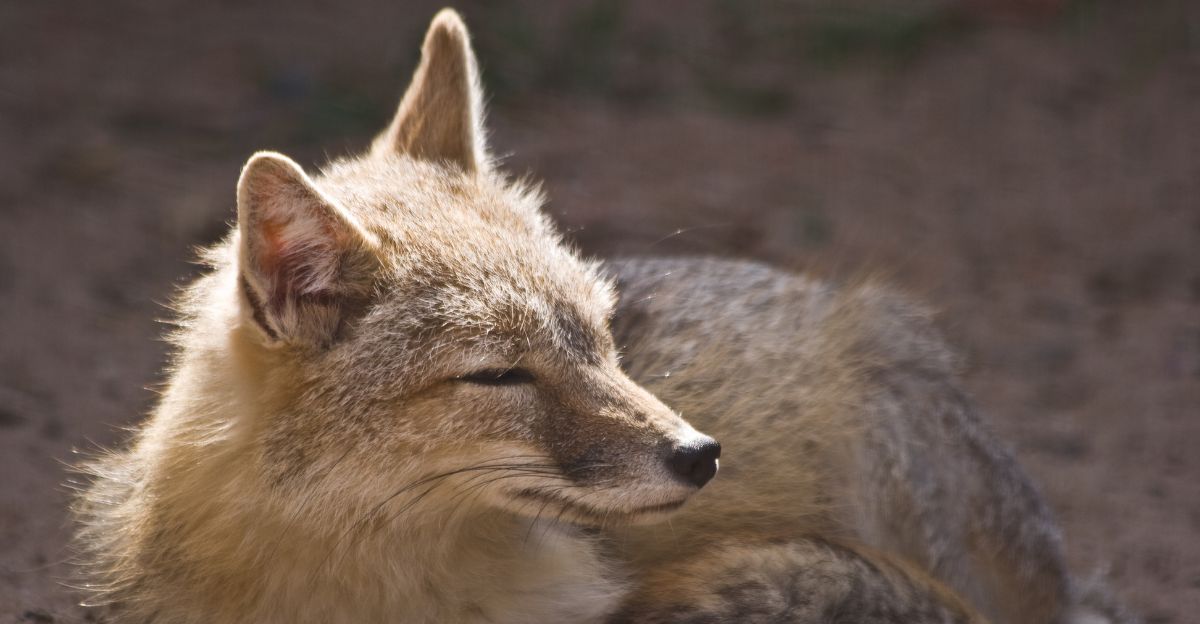
Swift foxes are small, yellow-tan wild dogs that weigh just 5–7 pounds. Once common from Texas into Canada, they nearly disappeared 100 years ago due to farming, poisoning, and trapping.
Careful wildlife restoration and rancher partnerships have helped bring them back in many places.
They now survive on shortgrass prairies, which are themselves rare and endangered.
Underground Families
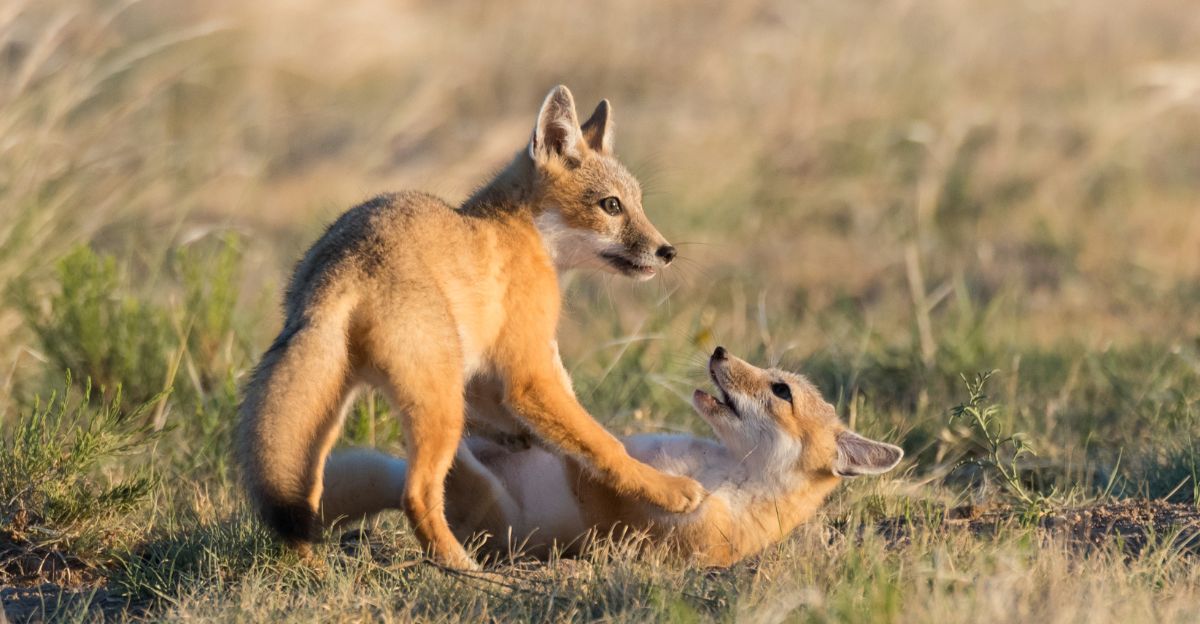
These foxes spend much time below ground, using burrows to stay calm and safe.
At night, swift foxes hunt insects, rodents, and ground-nesting birds. Their parents also take care of their pups. Because they are small, swift foxes use clever tricks to avoid bigger predators.
Protecting prairies is key to ensuring their future on the land.
6. Kit Fox (Vulpes macrotis)
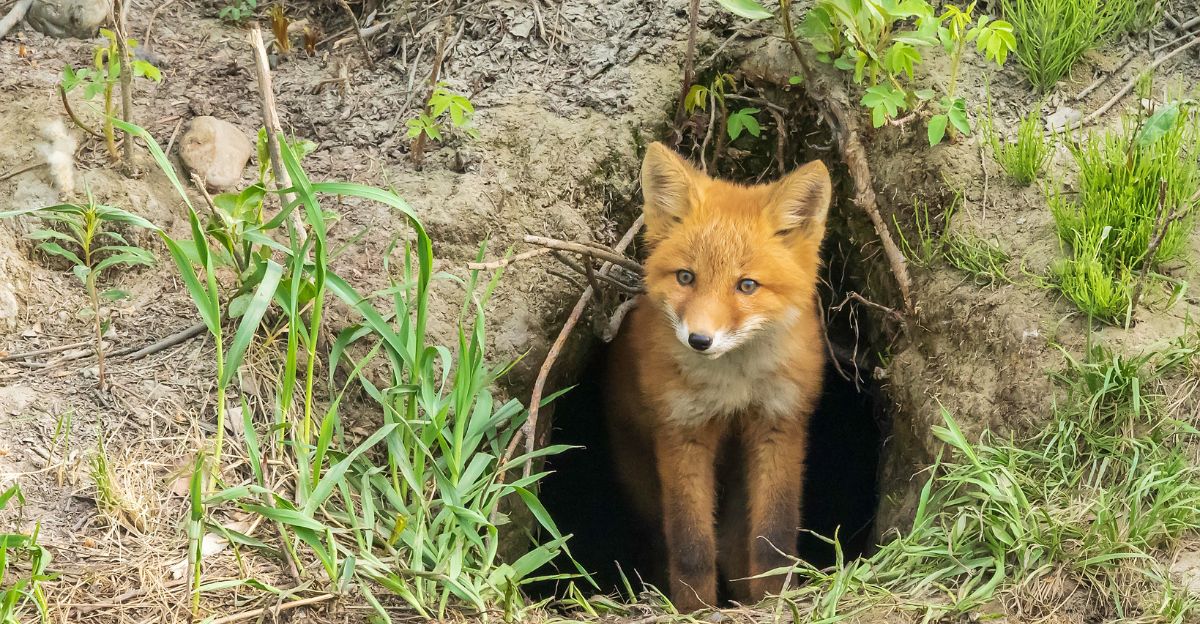
Kit foxes live in the deserts of California, Texas, and northern Mexico. They’re the smallest North American fox, at 3–6 pounds, and they have big ears to keep them cool.
Their fur matches the dry, sandy places they call home.
These shy foxes hunt during the night for kangaroo rats, rabbits, insects, and lizards, getting most of their water from the food they eat.
Life in the Sand
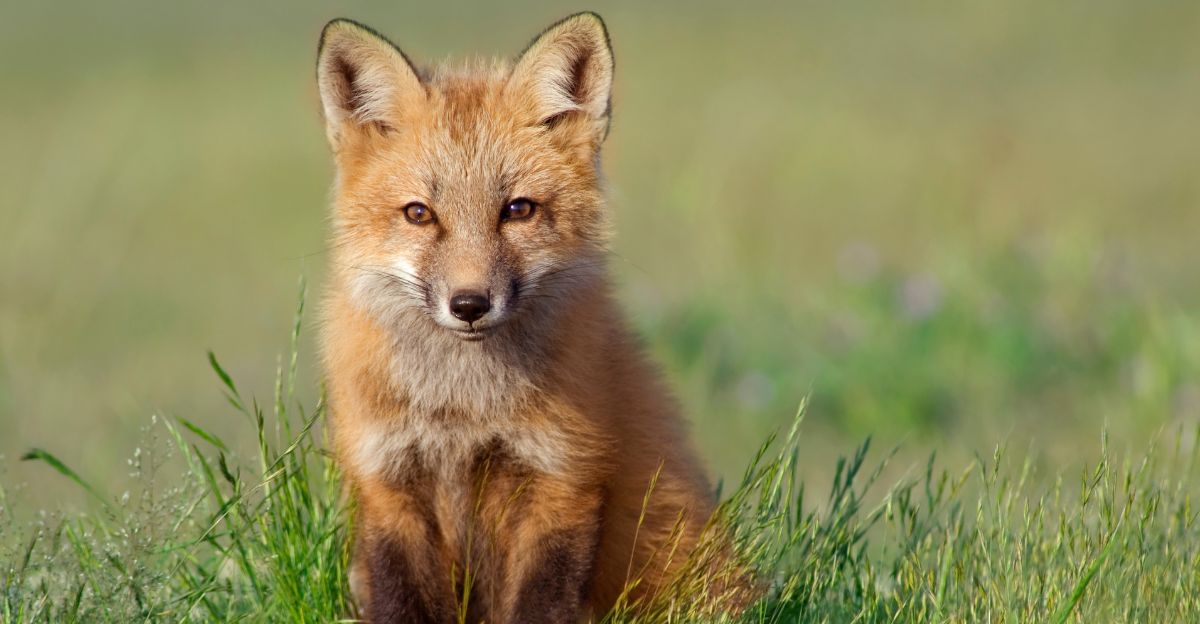
Kit foxes survive on a sparse diet, hunting kangaroo rats, pocket mice, hares, insects, and the occasional lizard. Water is rarely drunk directly—instead, they extract it is extracted from food.
Their dens often have multiple entrances for escape, some of which are shared with badgers or other foxes simultaneously or seasonally. Female kit foxes give birth to litters underground during spring, and the family group may remain together until fall.
Urban sprawl and road-building threaten many populations, and while not considered endangered range-wide, several U.S. states treat them as species of concern.
7. Island Fox (Urocyon littoralis)
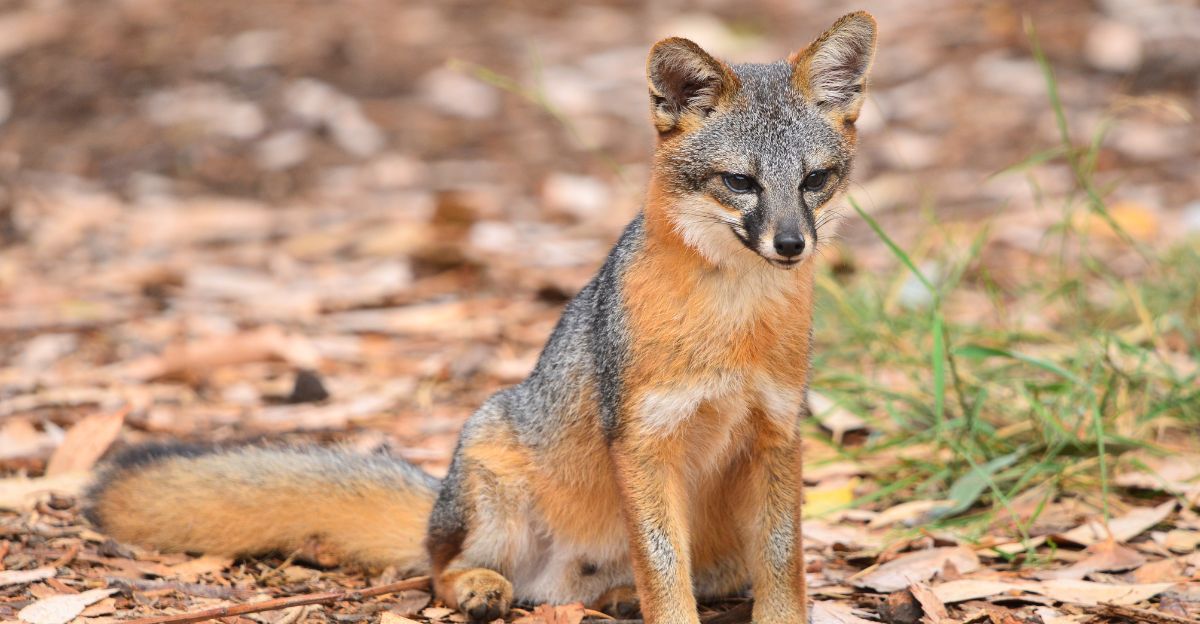
Unique among its peers, the island fox is a lesson in evolution and isolation.
Found only on six of California’s Channel Islands, this diminutive canid (just 4 pounds) results from “island dwarfism”—a process where species shrink over generations due to confined space and limited resources.
Each island population is a unique subspecies, with differences in size, fur coloration, and even vocalizations.
Comeback Kids
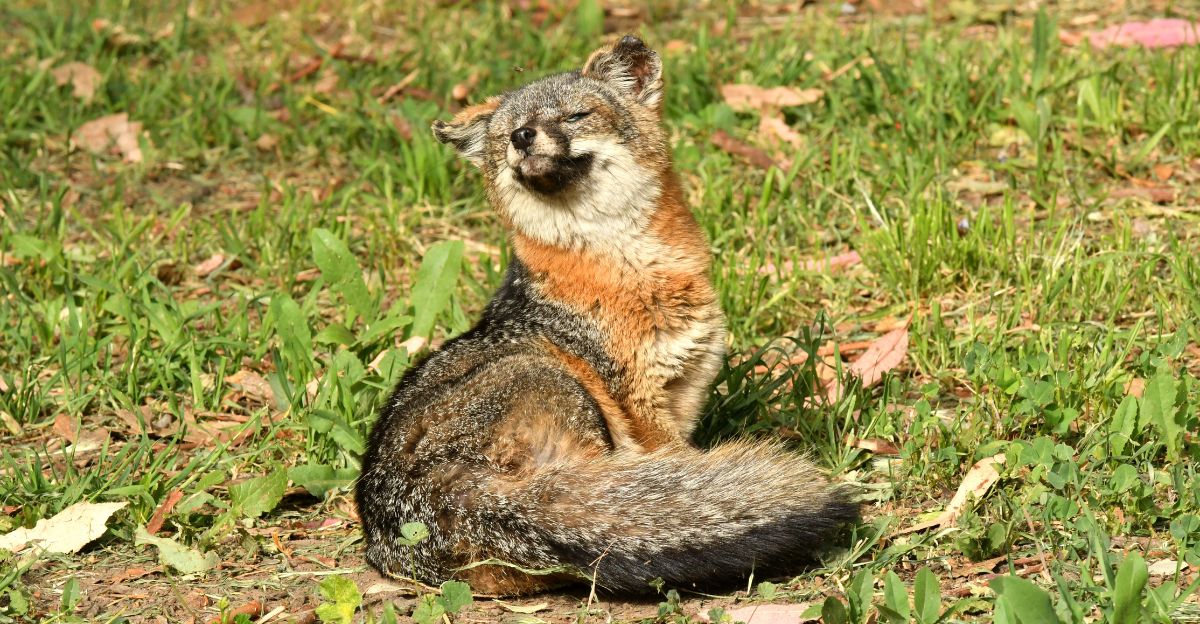
Once decimated by a sudden rise in golden eagle predation and introduced diseases, island fox numbers fell so low that extinction seemed imminent in the 1990s.
Thanks to aggressive conservation actions, most island fox populations have fully recovered, making them a model for managing endangered species. On the islands, they feed on insects, fruits, cacti, lizards, and seabirds.
Their small ranges and trusting nature (due to isolation) make them vulnerable, but also deeply beloved by researchers and locals alike.
8. Eastern Coyote (Canis latrans var.)
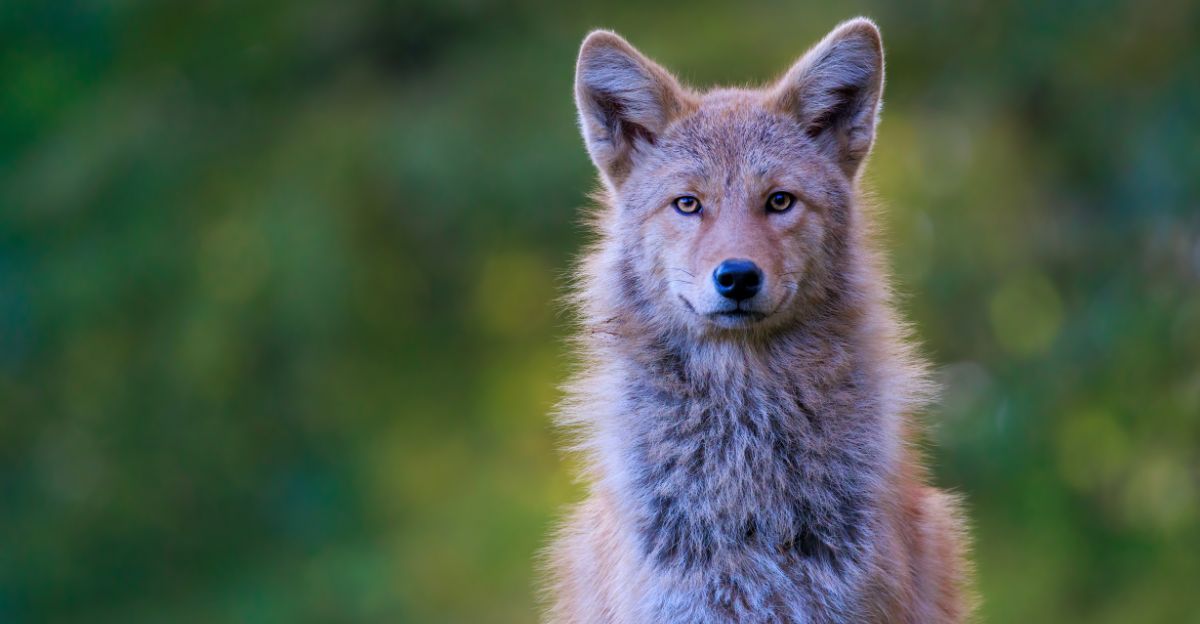
The eastern coyote is a relatively recent arrival to North America’s northeastern forests. During its migration east in the 20th century, it mixed the genes of western coyotes, domestic dogs, and sometimes wolves.
Larger and sometimes more wolf-like than their western kin (often 40–50 pounds), these hybrid canids are formidable, adaptive, and resilient.
They have expanded rapidly into every available rural, suburban, and even some urban landscape.
City and Country Specialists
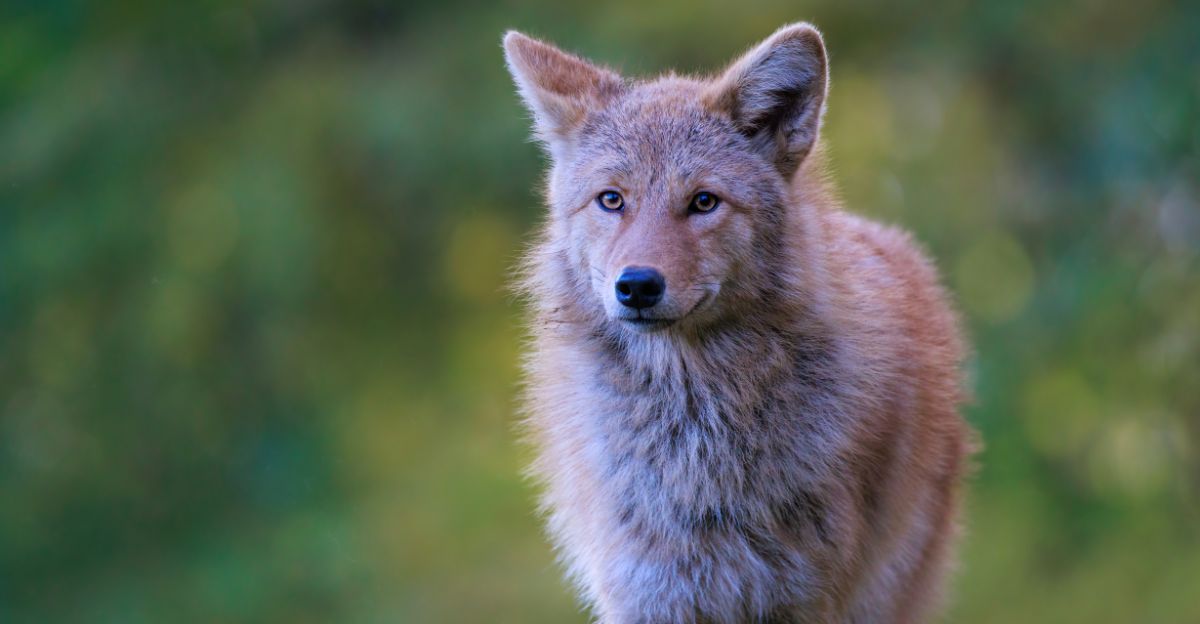
These coyotes eat deer, rabbits, fruit, rodents, garbage, pet food, or pets in suburbs.
They live in monogamous pairs and both parents raise their young.
As apex predators in many eastern regions, their effects are still being studied by scientists and managers.
Why Saving Wild Dogs Matters
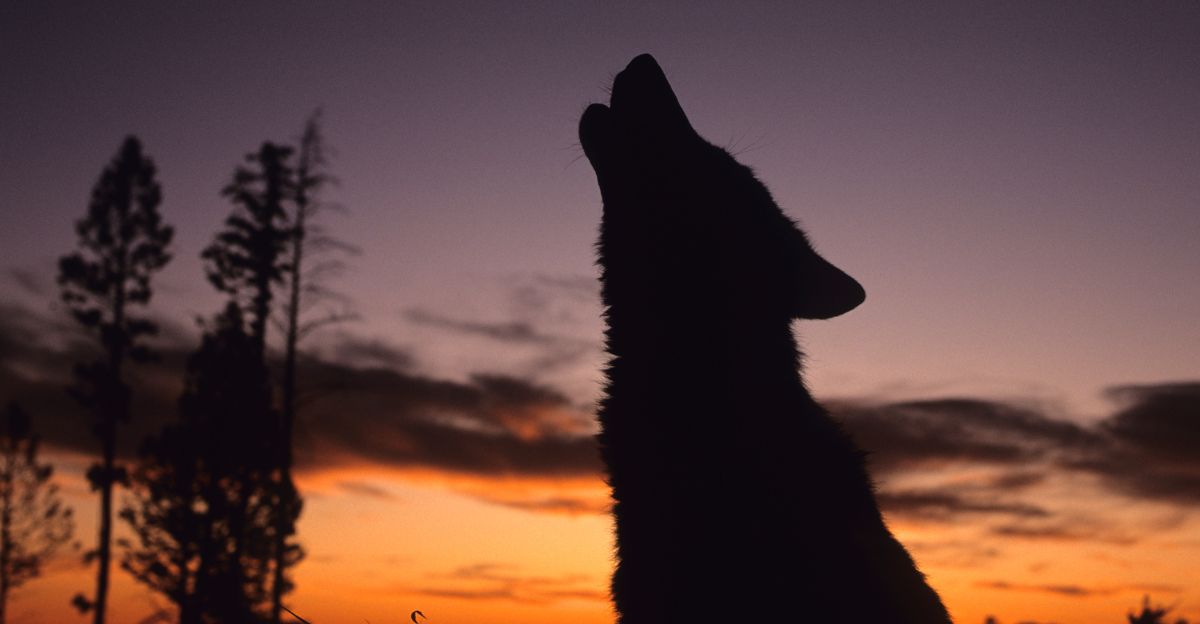
North America’s wild canids show how nature works together—each one, from the arctic fox to coyote to shy island fox, has a special place in local ecosystems.
They control pests, spread seeds, clean up what’s left behind, and inspire awe in anyone lucky to see them. Some, like the island or swift fox, need human help to survive. Others, like the coyote, thrive whether we want them around or not!
By learning about and protecting these wild canines and their habitats, we help keep our continent wild and full of surprises for future generations.